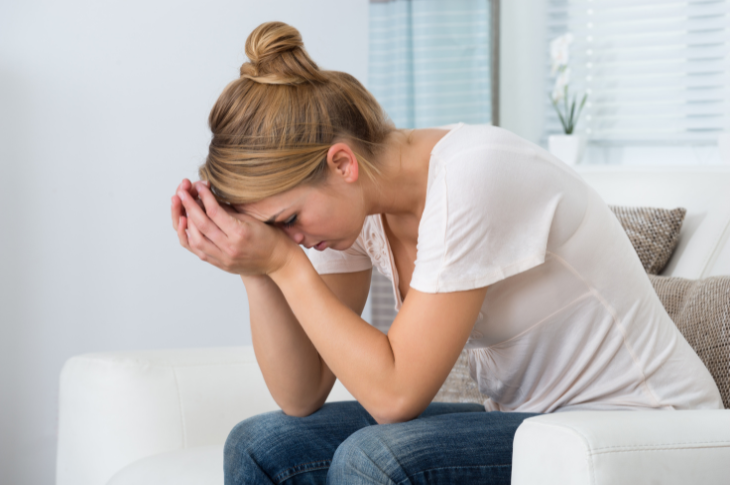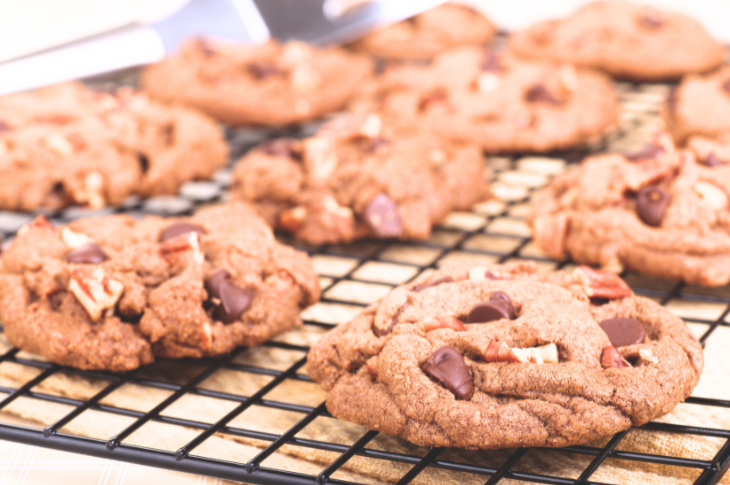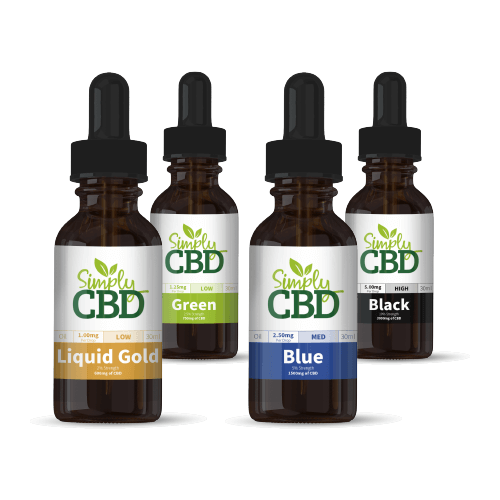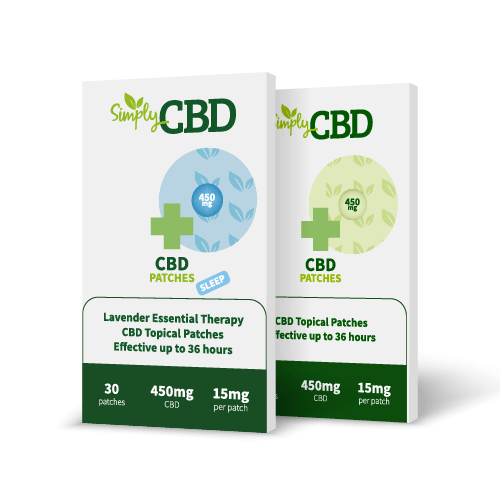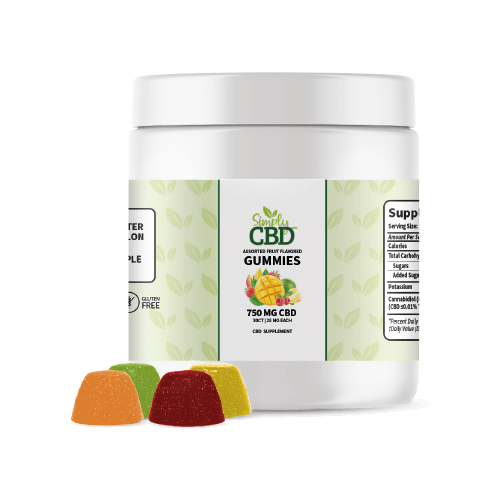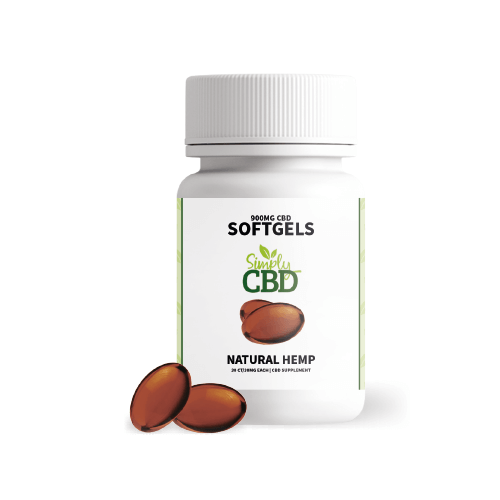
Exercise is an essential part of a healthy lifestyle. Whether it’s in the form of running, cycling, swimming, weight lifting, or anything in between, physical activity offers an incredible range of health benefits. However, proper recovery from exercise is crucial for achieving many of these benefits. Some even consider proper exercise recovery to be as important as the exercise itself as it can help with performance, injury prevention, fitness goal achievement, and more. This article covers the essentials of exercise recovery, plus the ways in which some people use CBD in their recovery routines.
Understanding exercise recovery
Here are the key points to remember about exercise recovery:
What is exercise recovery and why is it important?
Exercise recovery is a crucial part of any exercise regimen, as it allows your body to repair itself. When you work your muscles, microtears and other minor damage can occur. Your body works to repair these tears during rest periods, helping muscles become stronger overtime.
When there are no rest or recovery periods, muscles can’t repair themselves and grow. This means not only will it be difficult to make significant progress, it can also cause damage that’s much more difficult to recover from. Many physiological processes also occur during recovery aside from muscle repair, including glycogen replenishment and hormone regulation. These are crucial elements in a successful exercise and recovery regimen.
Common signs of inadequate recovery and overtraining
If you don’t allow your body to recover fully from exercise, it can lead to a variety of unfavourable outcomes. For example, overtraining can result in physical issues, such as fatigue, reduced endurance, and weakness. It may also cause psychological problems, such as anxiety, anger, depression, and low mood. For some, it causes insomnia and/or poor sleep quality, which further accentuates the rest of these troublesome symptoms.
Key components of exercise recovery
Proper recovery involves more than just periods of inactivity after exercise. Here are the key components to a successful recovery routine:
Rest and sleep
Rest and sleep are, of course, key elements of recovery from exercise. High quality sleep is crucial for overall health and wellness, and plays an important role in the recovery process. For example, it can contribute to healthy muscle recovery, balancing hormones, and promoting normal cognitive function. REM sleep allows anabolic hormones to be released, which help with tissue repair. Additionally, glycogen is produced from the digestion of carbohydrates when sleeping, and this is what helps increase muscle size.
Nutrition
In general, a well balanced diet and proper nutrition is important for overall health. When looking at exercise recovery, the nutrition considerations are a little more specific. It’s generally recommended to eat a meal with carbohydrates, healthy fat, and protein within two hours of a workout. Carbohydrates are key for replenishing glycogen stores and energy, healthy fats can help reduce inflammation, and protein is essential for muscle protein synthesis and repair.
The type of workout you do can have an impact on the ideal macronutrient ratios recommended for your post workout meals. For example, some strength training workouts require a 2:1:1 ratio of carbohydrates to protein and fats, while aerobic exercise may require 3:1:1. This is why it’s important to research the specific type of workout you complete to find the perfect meal and snack ideas to give your body what it needs after exertion.
Hydration
Hydration is always important, but becomes extremely crucial when it comes to exercise. Proper hydration is key for optimal performance and recovery. This is why it’s a good idea to stay hydrated before, during and after workouts. In the recovery period, continuing to hydrate helps replenish any fluids lost via sweat. It also helps with the delivery of oxygen and key nutrients to cells, waste removal, and body temperature regulation.
Active recovery
While the recovery process does require rest, active recovery can be very beneficial. This involves partaking in low-intensity activities like walking, yoga, and stretching. These options can help promote blood flow, which can reduce muscle soreness and improve flexibility. It can also help flush lactic acid build up and eliminate any toxins in the body.
Exploring CBD for exercise recovery
Some people like to use different types of CBD products as part of their exercise recovery routine. Here are the key things to consider if you’d like to incorporate CBD into your recovery regimen:
How to incorporate CBD into your recovery routine
There are lots of different ways to incorporate CBD into your recovery routine. The key is finding what works best for you, as everyone has their own unique experience with and reaction to CBD. The overarching idea of CBD is that it helps the body restore and maintain homeostasis, which is helpful for recovery periods.
Ingestible CBD
Some options include taking ingestible products, like oils, SoftGels, capsules, and gummies, to support the many recovery processes occurring in your body after exercise. We recommend taking these with healthy fats to maximise absorption. You could also include water-soluble CBD in your pre or post workout smoothie, or even your water bottle, to slowly and steadily consume CBD during your workout and recovery routine. Water-soluble CBD has a high absorption rate and is not fat soluble, so does not need to be taken with healthy fats to maximise absorption.
Topical CBD
Arguably the most popular CBD option for exercise recovery is topical CBD. This may include balms, salves, or patches. Balms and salves can be rubbed into the area of concern, stimulating blood flow to the area and thus promoting relief. This also allows the CBD content of the product to work with localised endocannabinoid receptors to support sore muscles and joints. These products therefore do not enter the bloodstream and instead provide targeted support in areas of concern. Our balms and salves are also infused with natural ingredients like rosemary, mint, and eucalyptus, which are beneficial for the skin.

Patches, however, work slightly differently. When you apply a patch, CBD is absorbed transdermally (through the skin into the bloodstream). This means they can provide both localised support to specific areas and overall wellness and recovery support. They also release CBD gradually, and last from 12-36 hours per patch depending on the user.
Personal CBD considerations
Everyone’s CBD journey is unique, whether it’s used for recovery, overall wellness support, or specific ailments. Regardless of its use, it’s important to consider some key factors to ensure it’s as safe and beneficial for you as possible. For example, we recommend leaving a 2 hour gap between CBD and your medications and supplements, and increasing this to 4 hours for anything contraindicated with grapefruit. However, as topical products bypass the digestive system entirely, they do not typically require this gap. As a general rule, we always recommend speaking to a doctor or pharmacist about potential interactions with CBD as healthcare professionals can consider each individual medication and give your personalised advice.
It’s also important to follow the golden rule of CBD, which is ‘start low and slowly grow’, rather than jumping straight into a high dose. This is because CBD works on a bell curve, and going past the curve may result in diminished results and even adverse effects. Instead, start with a low dose and build up gradually week by week as needed, making sure to stop when you find a dose and usage frequency that works for you.
Key takeaways
- Prioritising exercise recovery is key for long-term health and performance.
- Inadequate recovery and overtraining can lead to unpleasant physical and psychological symptoms.
- We encourage you to explore various recovery strategies, including adequate rest, nutrition, hydration, and active recovery to make the most of your workouts.
- If you would like to use CBD in your workout routine, the key is finding what works best for you, whether that’s ingestible CBD, topical CBD, or a combination of both.
- Make sure to consider medication and supplement interactions, as well as the building up process, before getting started with CBD for exercise recovery.

